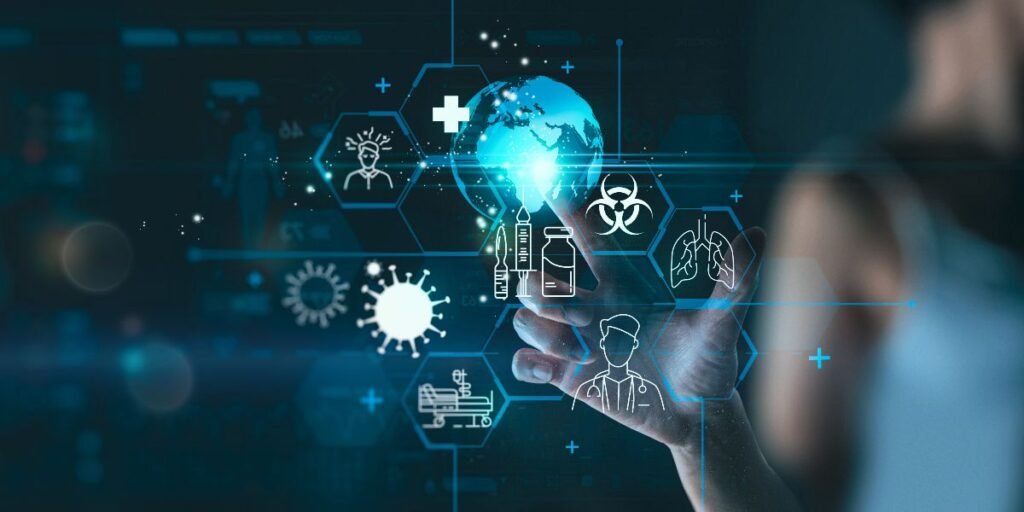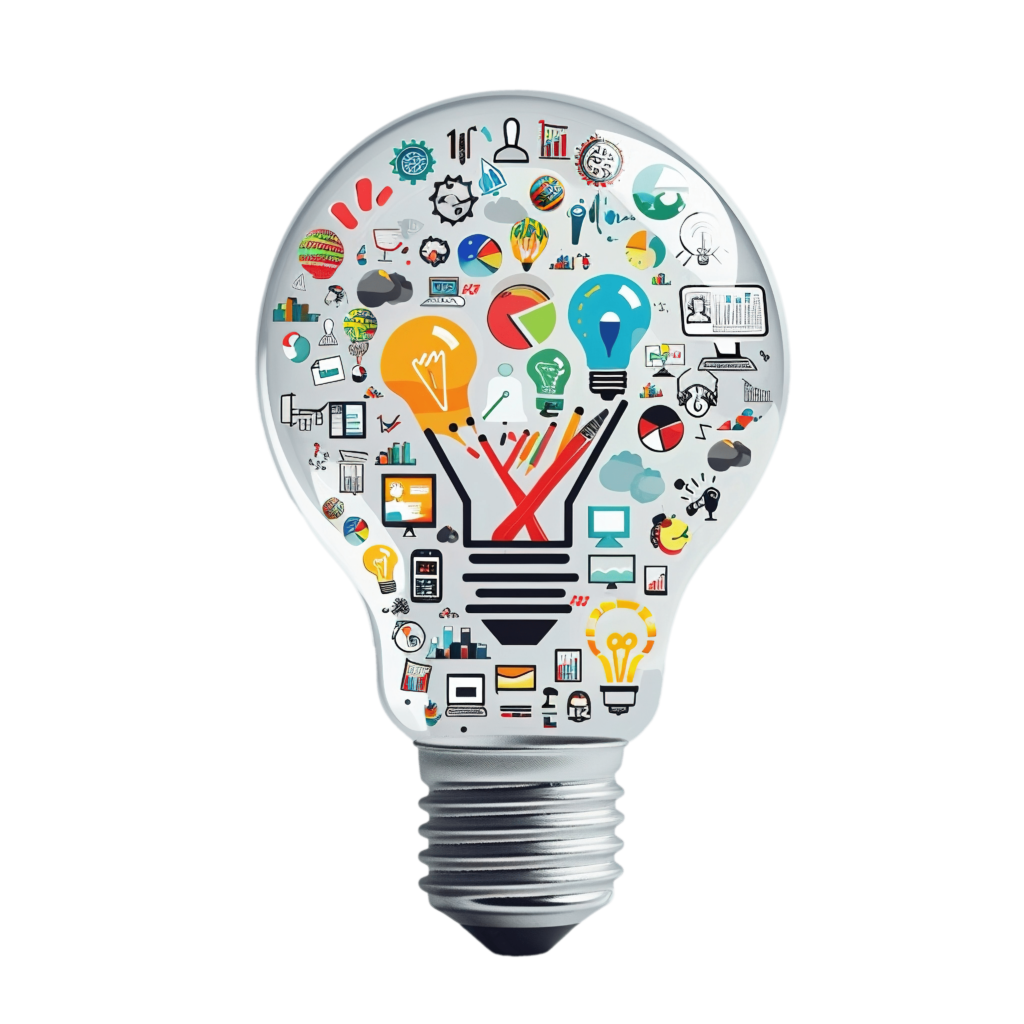Overview
In the dynamic intersection of technology and medicine, artificial intelligence (AI) is driving an era of transformation that promises to upend decades-old conventions in cancer treatment. While the traditional triad of surgery, chemotherapy, and radiotherapy has held steady for nearly 80 years, AI’s emergence is not just nudging these boundaries—it’s redefining them altogether.

Repurposing Drugs and Accelerating Discovery
At the heart of this shift is a potent mix of AI-powered drug discovery and data-driven precision medicine. Consider the work of Dr. Divya Chander, a physician and neuroscientist, who underscores how AI can rapidly repurpose older, well-understood drugs for new cancer indications. Such strategies don’t just cut down on costs and timelines—they bring hope to the 300 million people worldwide affected by rare or undiagnosed diseases, of which only a fraction currently have approved treatments.
The practical impact of AI on oncology is vividly demonstrated by projects like Harvard Medical School’s open-source TxGNN model, which seeks to identify drug candidates for over 17,000 diseases. Similarly, Hong Kong-based Insilico Medicine’s Pharma.AI platform has already accelerated the path to clinical trials from six years to just two and a half—at a fraction of the traditional $400 million price tag. It’s not just about speed, as Dr. Chander notes; it’s about the lives that can be saved in the gap between an idea and its clinical reality.
Data Curation and New Genetic Insights
Beyond the lab, AI’s prowess extends to automating the massive data curation burden that slows research progress. Collaborations like Genomics England and Amazon Web Services have built generative AI models to scan, review, and identify critical genetic linkages at a scale unachievable by human researchers alone. The result? Not only faster insights but new genetic associations that might have remained hidden in the noise of endless publications.
Digital Twins: Personalized Roadmaps for Cancer Care
But perhaps the most intriguing frontier lies in the creation of digital twins—virtual replicas of patients that simulate disease progression and treatment responses in real-time. Just as the aerospace industry uses digital twins to optimize engine design, AI-powered models now integrate genomic, proteomic, and imaging data to create personalized cancer roadmaps. Projects like UK Biobank’s digital twin initiative illustrate this promise, starting with pancreatic cancer but with an eye on multiple tumor types in the future.

Nanorobots: Precision Medicine at the Cellular Level
If AI-driven digital twins offer a glimpse of a highly personalized, predictive future, nanorobots bring a visceral sense of precision to cancer treatment today. Imagine a fleet of microscopic warriors—DNA-based nanobots programmed to deliver thrombin payloads directly to cancer cells. Such innovations have already demonstrated tumor reductions of over 65%, compared to 40% with chemotherapy, and a 78% 12-month survival rate, significantly higher than standard treatments.
A New Paradigm for Founders and Leaders
What’s striking in all these breakthroughs isn’t just the cutting-edge technology—it’s the collective shift in mindset. AI isn’t merely a new tool in the arsenal; it’s an entirely new paradigm that reimagines the fight against cancer as one of precision, speed, and deep personalization. As Dr. Rowland Illing of AWS aptly puts it, “AI is already having a massive impact on this kind of tailored understanding of what patients have got, but also how things evolve over time.”
For founders and business leaders, this AI revolution in oncology isn’t just a tale of medical marvels. It underscores a broader lesson in innovation: the importance of integrating domain expertise with data science to create scalable, impactful solutions. As we witness these paradigm shifts unfold, the question remains—how might your own industry be transformed by AI’s promise of unprecedented precision and speed?
How do you see AI reshaping your field in the next decade? Let’s discuss.




